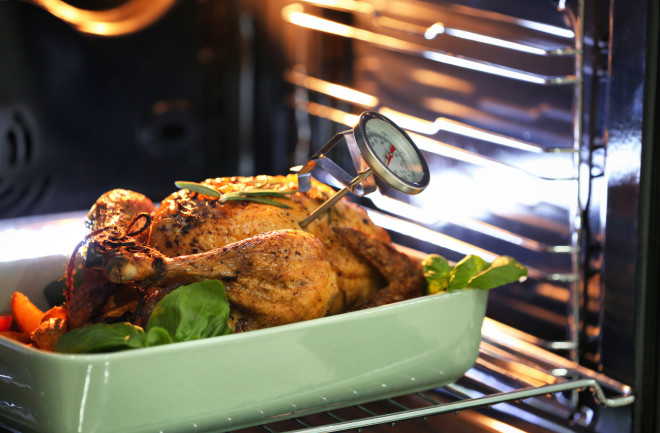Each year, millions of Americans put their money, time, and energy into preparing the perfect turkey. It’s the centerpiece of the Thanksgiving meal and an essential component of the holiday. Yet come mealtime, far too many of us are left with a bird that’s dull and dry — the uninspired second fiddle to the mashed potatoes, green bean casserole, and pumpkin pie.
Most of us cook a turkey only once or twice a year, if that. In other words, we simply don’t get enough practice in to perfect it. This (coupled with the sometimes-clouded judgment rendered by alcohol) can make for a cooking calamity, but it doesn’t have to be this way. With a little preparation and some forethought, a juicy, delectable bird is a just a few chemical reactions away from reality.
Choose the Best Bird
The flavor of a turkey comes from all the little molecules that the animal has been exposed to during its life, says Peter Barham, a professor of physics at the University of Bristol in the U.K. and honorary professor of molecular gastronomy at the University of Copenhagen in Denmark.

